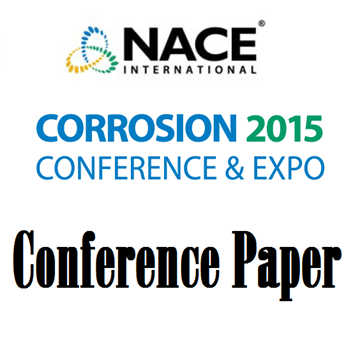Search
51315-6119-Corrosion of Carbon Steels in H2S Containing Alkaline Brines
Also Purchased
51315-6090-Development of Alternate Sour Corrosion Inhibitor for Severe Sour Condition and Its Performance
Product Number:
51315-6090-SG
ISBN:
6090 2015 CP
Publication Date:
2015
$0.00
51315-6083-Don’t Just Blame the SRBs and APBs for MIC
Product Number:
51315-6083-SG
ISBN:
6083 2015 CP
Publication Date:
2015
$20.00
51315-6050-Conservatism in Sour Testing with Hydrogen Sulfide Partial Pressure Exposures—Towards a More Consistent Approach
Product Number:
51315-6050-SG
ISBN:
6050 2015 CP
Publication Date:
2015
$0.00




